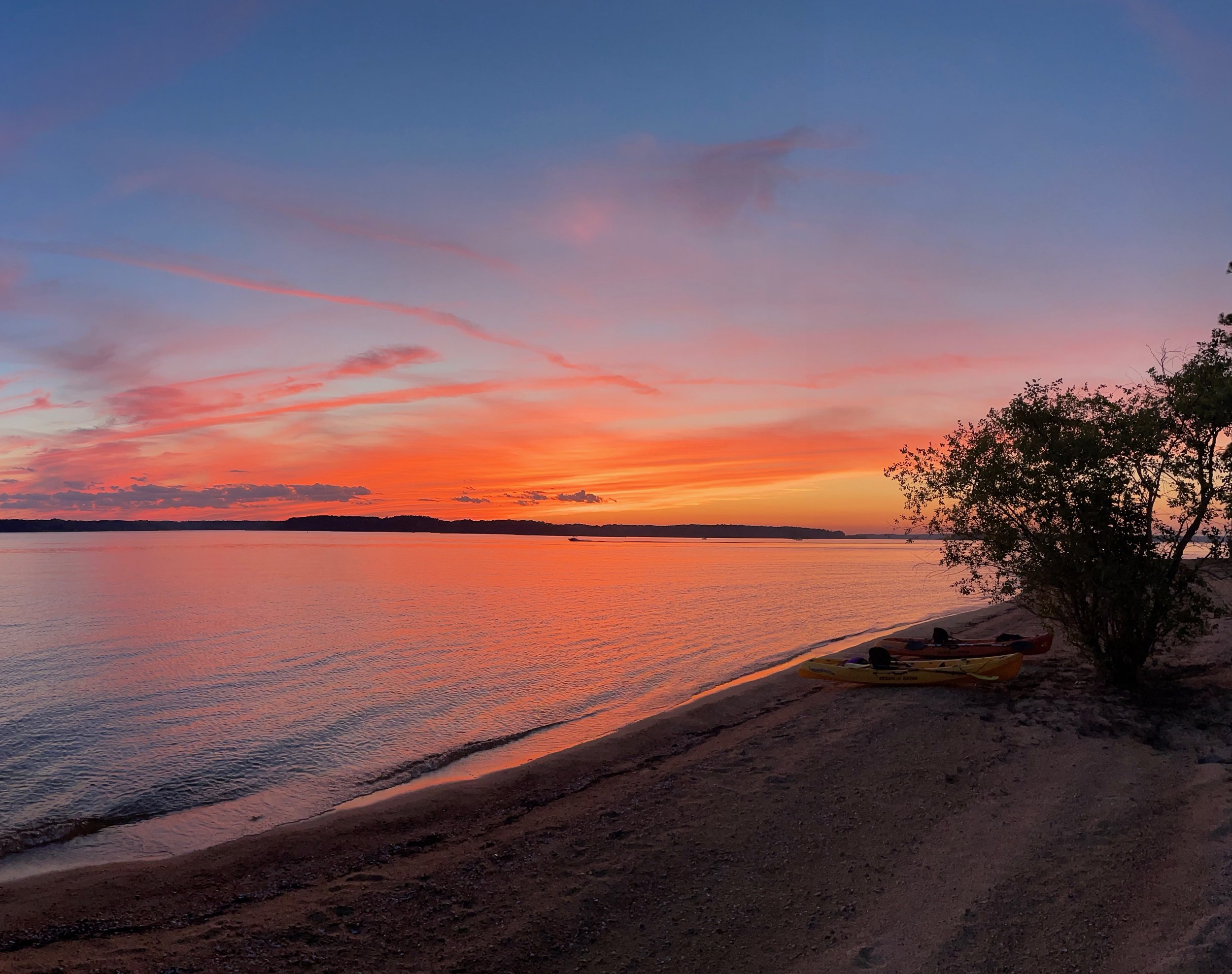Whiskey tasting

This past spring, as we rolled into year two of the pandemic, R and I were looking for ways to recreate some semblance of normalcy in the face of seemingly endless isolation. We decided to reconvene our book club, which had been on hiatus since the onset of COVID. Way back in 2014, R had organized the Bethesda Boys Book Club (aka Books, Bourbon, & Beer, subsequently rechristened Fight Club 2.0). This ragtag group of ~15 guys had been meeting regularly every six-eight weeks, and we managed to cover a remarkably diverse list of titles - everything from Cormac McCarthy’s dystopian novels to Duff McKagan’s entertaining memoir of his binge-drinking days with Guns N’ Roses. R also arranged the occasional outing for beers, and our annual Oktoberfest potluck was a highlight of the year’s social calendar.
Since vaccines were still scarce at that point, we decided to host a virtual whiskey tasting. But which whiskeys, among the hundreds of possibilities? To make the task more manageable, we limited our options to American-made liquors that cost less than $30. We considered taking a deep dive into the subtle differences between bourbons, but that seemed a tad too restrictive. Hmm, how about an exploration of flavor profiles produced from the various grains used to make whiskey? Perfect!
Next, we worked out the logistics of hosting a virtual tasting. We could meet via Zoom or Teams, but how to get the whiskeys to the tasters? Requiring everyone to buy multiple bottles of booze was a non-starter. Mini airplane bottles were a possibility, but the selection was not up to our standards. Inspiration struck from an unlikely source - my workplace laboratory. Behold, a variety of sterile plastic containers at my disposal - those 50 mL specimen cups are just the ticket! Problem solved. I poured a shot of each ‘specimen’ for every taster, packed them in brown bags, then drove around the neighborhood delivering the goods like some ersatz whiskey fairy. Back at home, I logged on and we commenced the tasting.
First up was Buffalo Trace Bourbon, from the namesake distillery in Frankfort, Kentucky. Bourbon is made primarily from corn - at least 51% by law - and aged in new charred oak barrels. The mash bill (aka grain recipe) for Buffalo Trace is unknown, but probably 90+% corn plus a bit of rye and barley. This smooth sipper displayed the signature sweetness that’s indicative of bourbon, accentuated by vanilla and brown sugar with just a hint of spice. Our second selection was Larceny Small Batch, a wheated bourbon produced by Heaven Hill distillery. Made from corn (68%), wheat (20%), and barley (12%), it smelled of baked bread and butterscotch, and the flavor was more savory than the first. Third in the lineup was High West Double Rye, made in Park City, Utah(!). This high-rye (95+%, with barley the remainder) whiskey is a blend of young and aged barrels (thus the ‘double rye’ moniker). The aroma differed from the bourbons - it was spicy (think cinnamon and clove), herbaceous, piney, vaguely reminiscent of gin. The palate was lighter, a touch of honey balanced by that distinctive rye spice and a bit of heat.
These three liquors represented the most typical styles of American whiskeys. The fourth was a wild-card pick by R: Old Line American Single Malt, distilled in nearby Baltimore. With a mash bill of 100% malted barley, it offered the most distinctive aroma and flavor. The nose was a blend of cedar and vanilla, and the taste an intriguing mix of dried fruit (pear? apricot?), caramel, and wood. One of the tasters described it as “just like Scotch, but without the smoke.” A perfect and pithy review, and a fine whiskey to wrap up the evening’s festivities.
h.